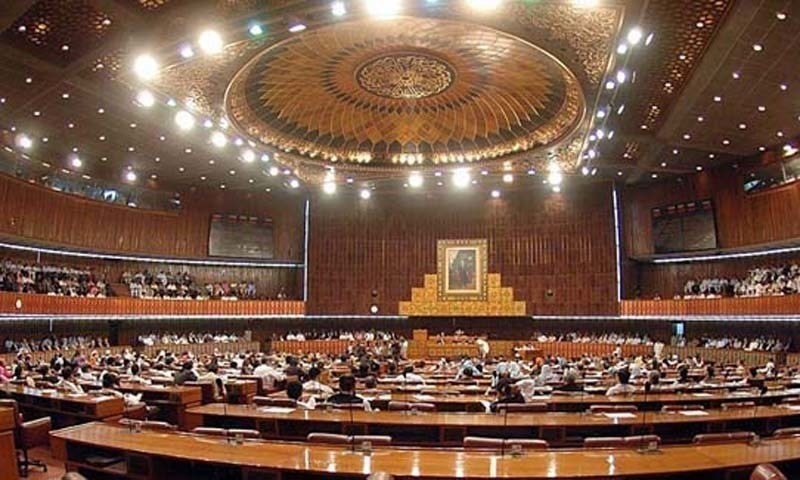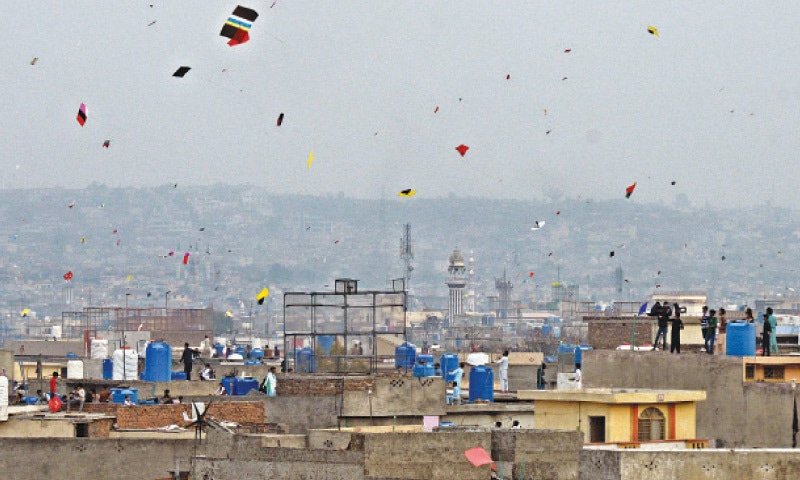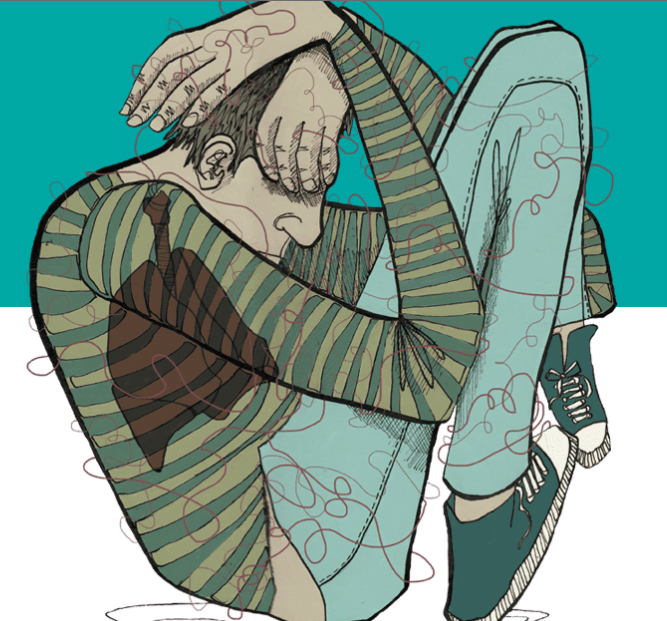Editorial
The local government system in Pakistan, particularly in Punjab, has long been a source of dysfunction and political experimentation. Despite the constitutional mandate under Article 140-A for provinces to establish local governments, the promise of devolution of political, administrative, and financial responsibilities remains largely unrealized. Over the past two decades, Punjab has cycled through multiple local government laws, each offering temporary solutions without lasting impact.
The first significant attempt was the Punjab Local Government Ordinance (PLGO) of 2001, under General Musharraf’s regime, followed by the Punjab Local Government Acts (PLGA) of 2013, 2019, and 2022. Each piece of legislation introduced changes to the system, but none have provided a solid foundation for local autonomy or effective governance. The proposed draft of yet another local government law suggests further uncertainty in the province’s commitment to a functional system.
A key aspect of these reforms has been the Punjab Local Government Commission, created to oversee local governments. Originally, it had sweeping powers to conduct audits, resolve disputes, and even recommend the removal of elected officials. However, in practice, the commission’s role has been undermined by political interests, and its effectiveness remains questionable.
With each new law, the commission’s scope has been altered, but it still lacks transparency and accountability. While it conducts inspections and submits reports on local government performance, there is little public record of its actual functioning. This lack of visibility raises concerns about the commission’s real impact on improving local governance.
The continual experimentation with local government laws without a clear, consistent framework undermines the potential of Pakistan’s local governance system. To address growing urbanization challenges and improve service delivery, there needs to be political consensus and transparency to ensure that local governments function effectively and autonomously. Without this, the system will remain stuck in a cycle of dysfunction.















